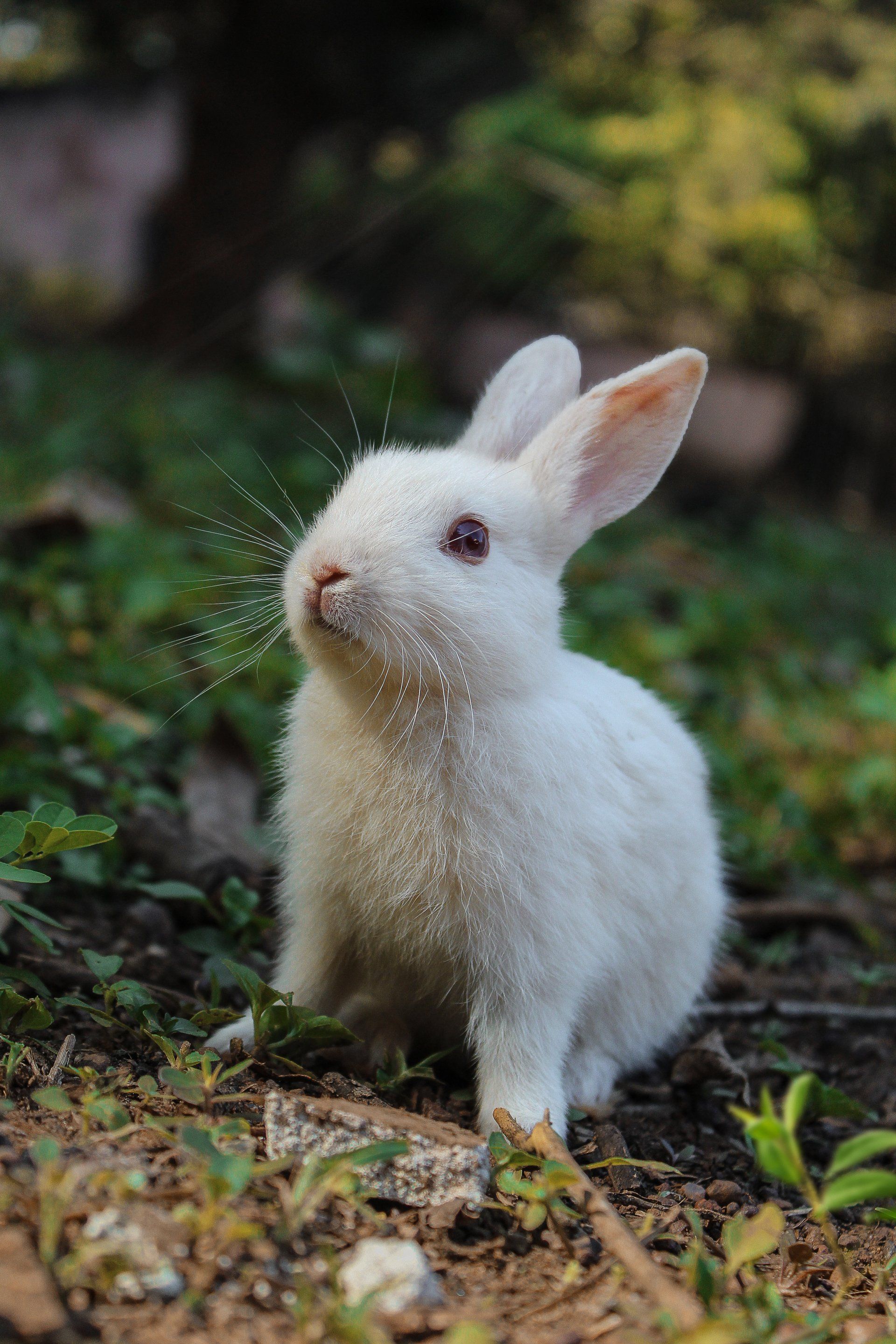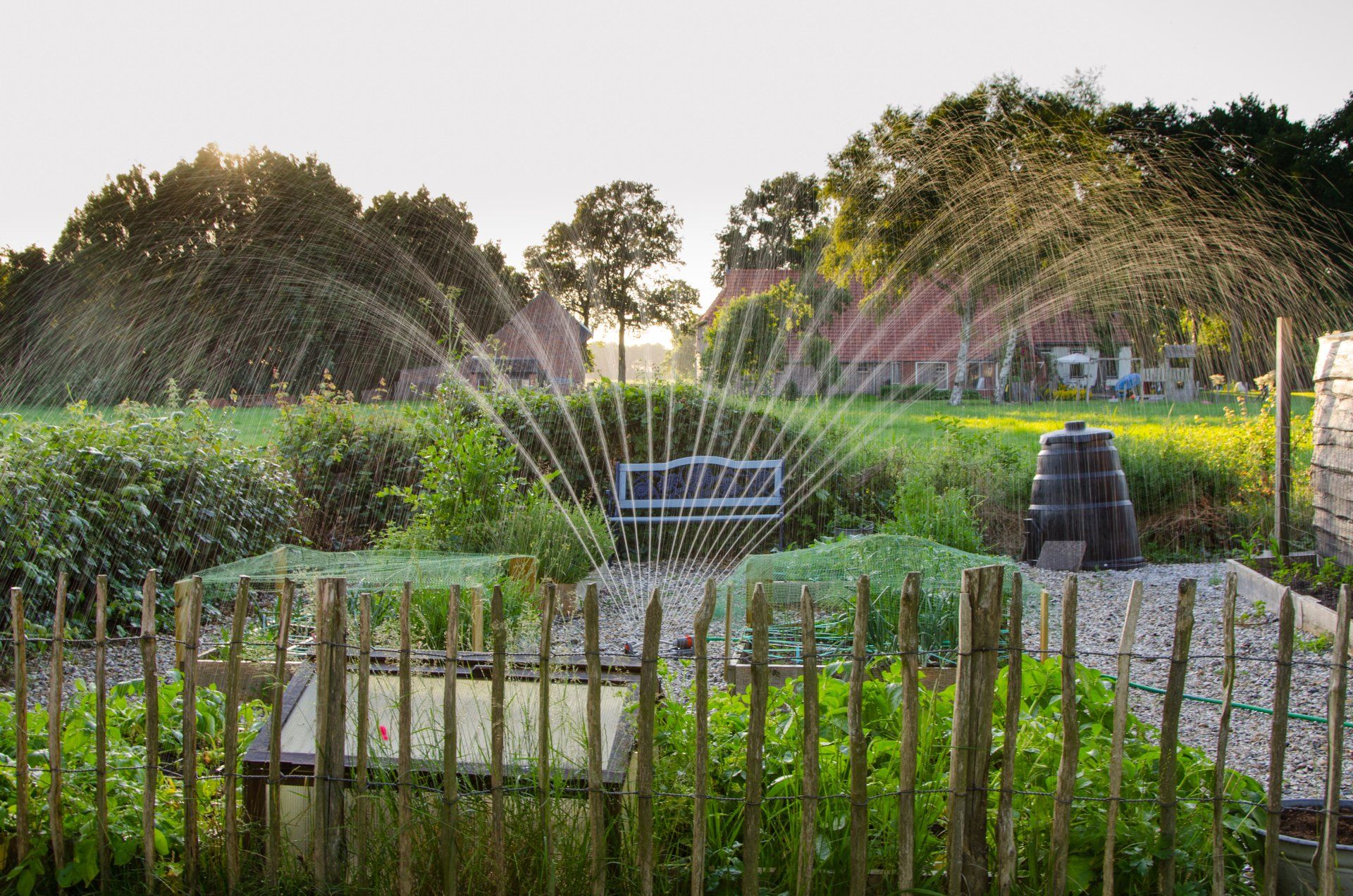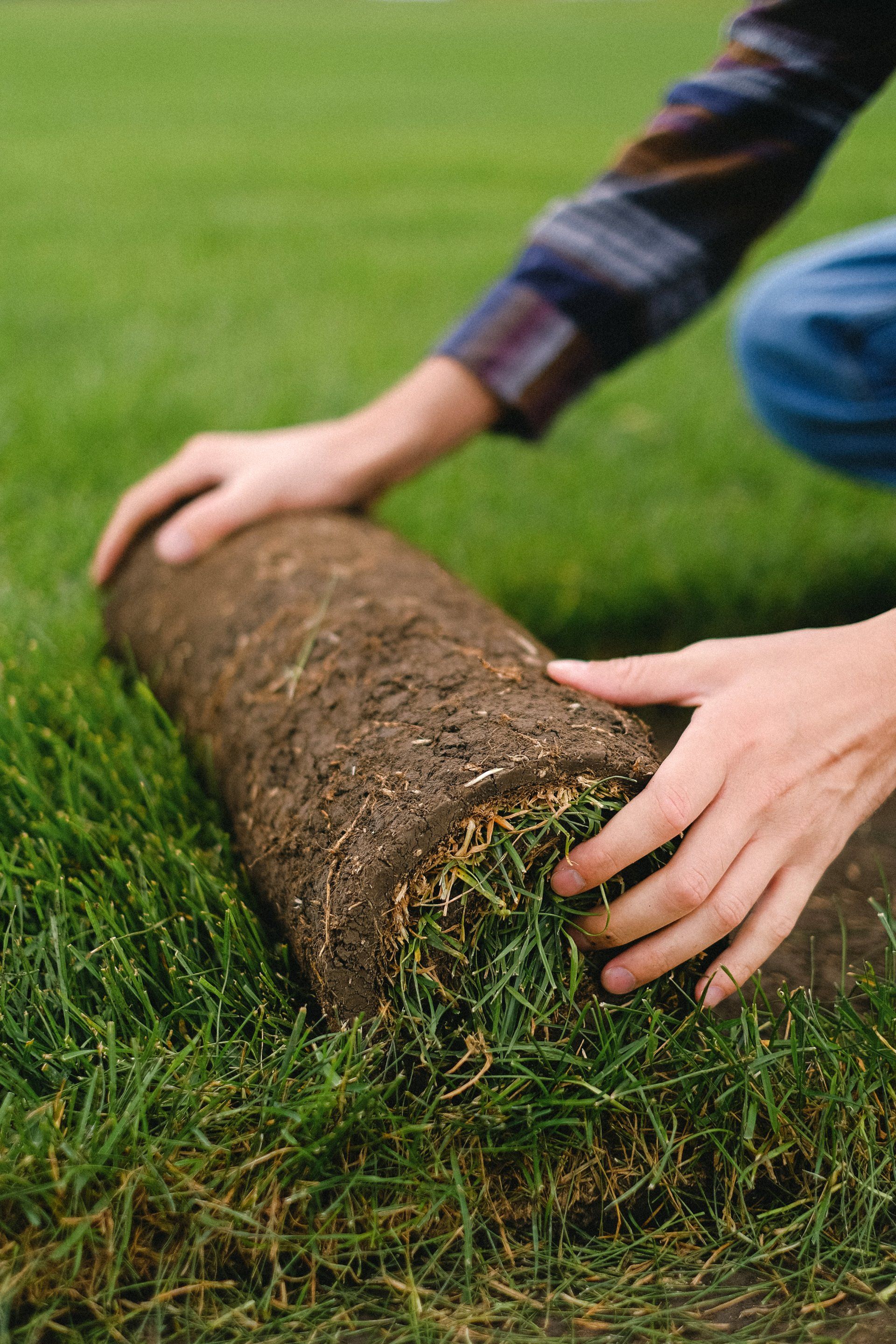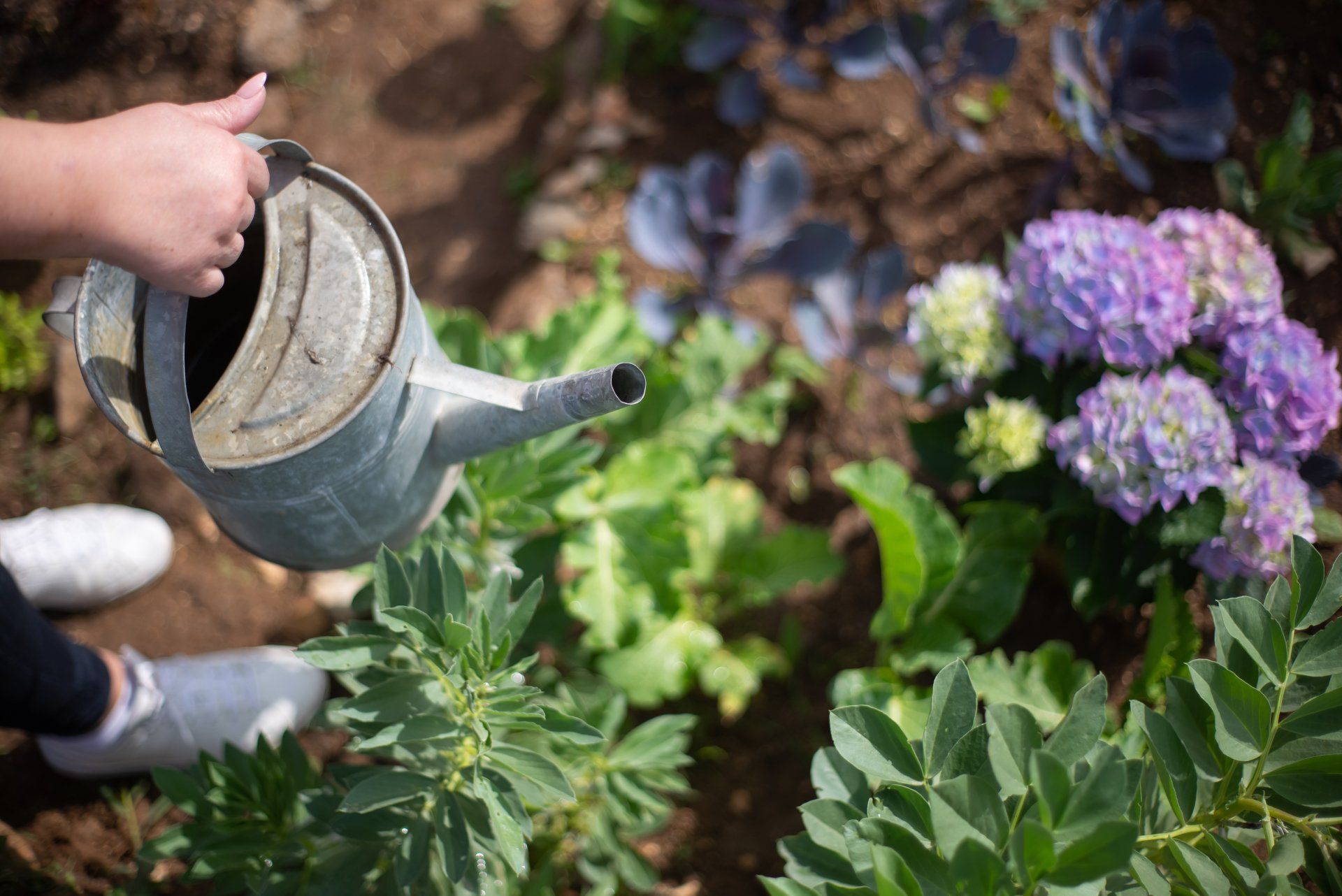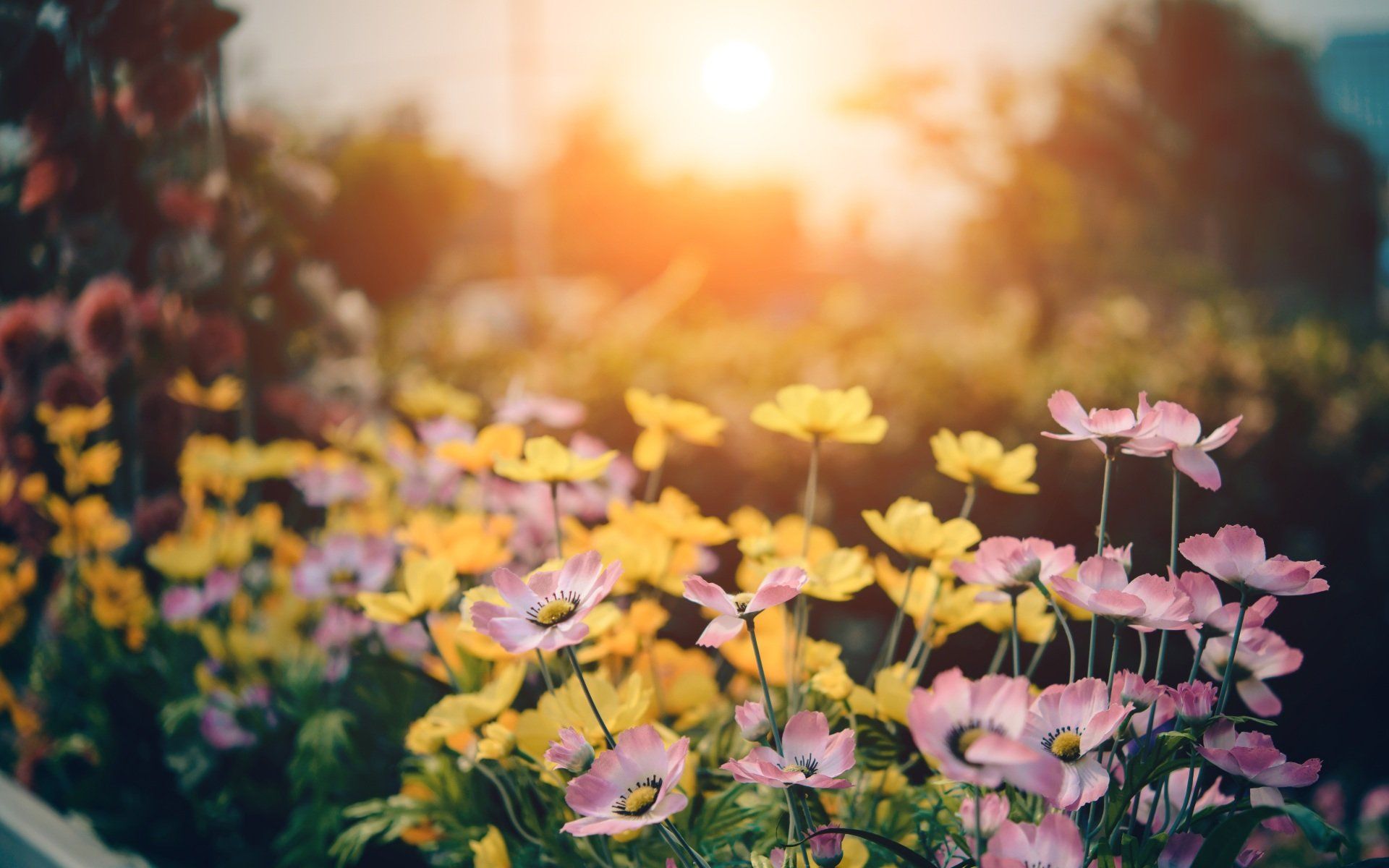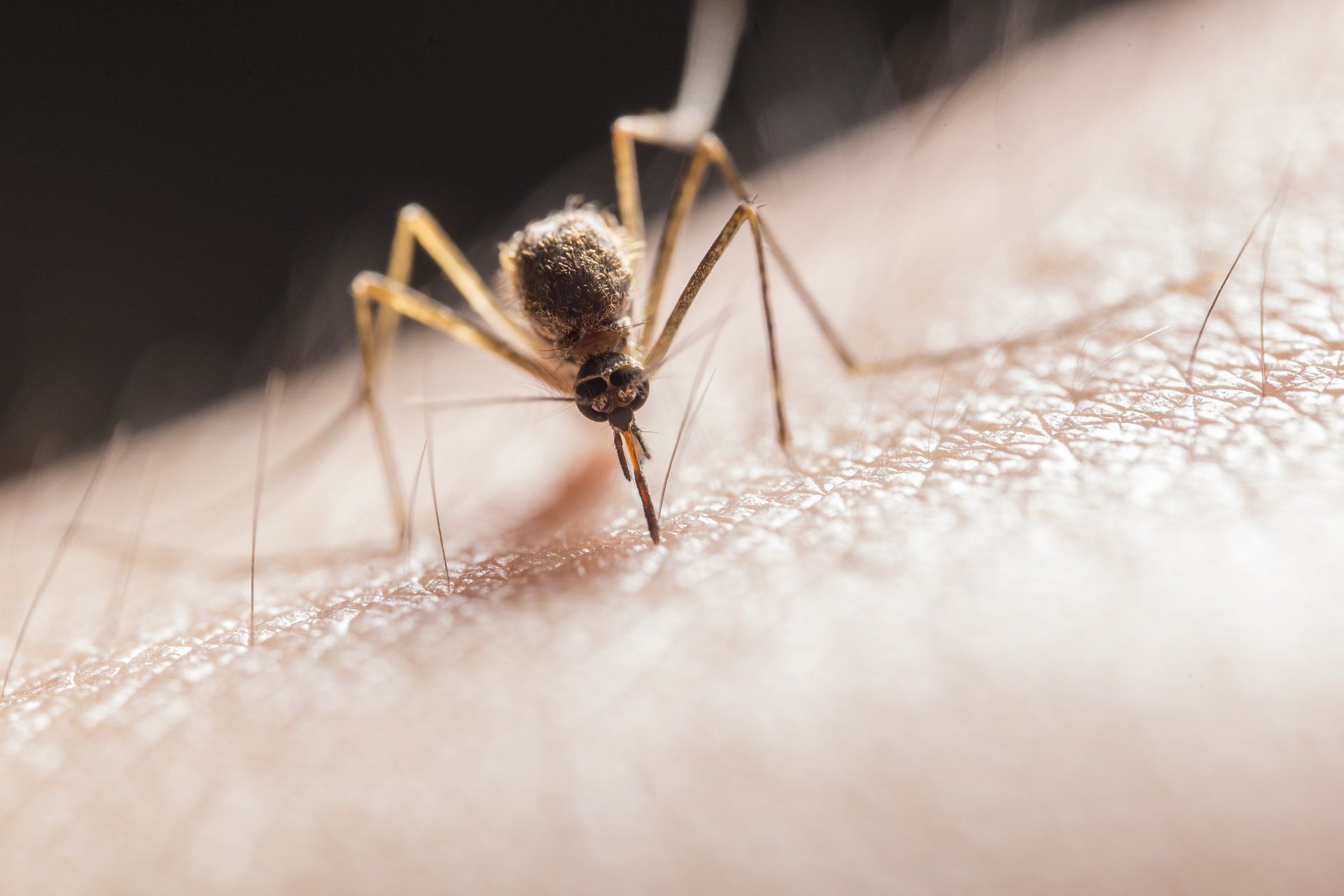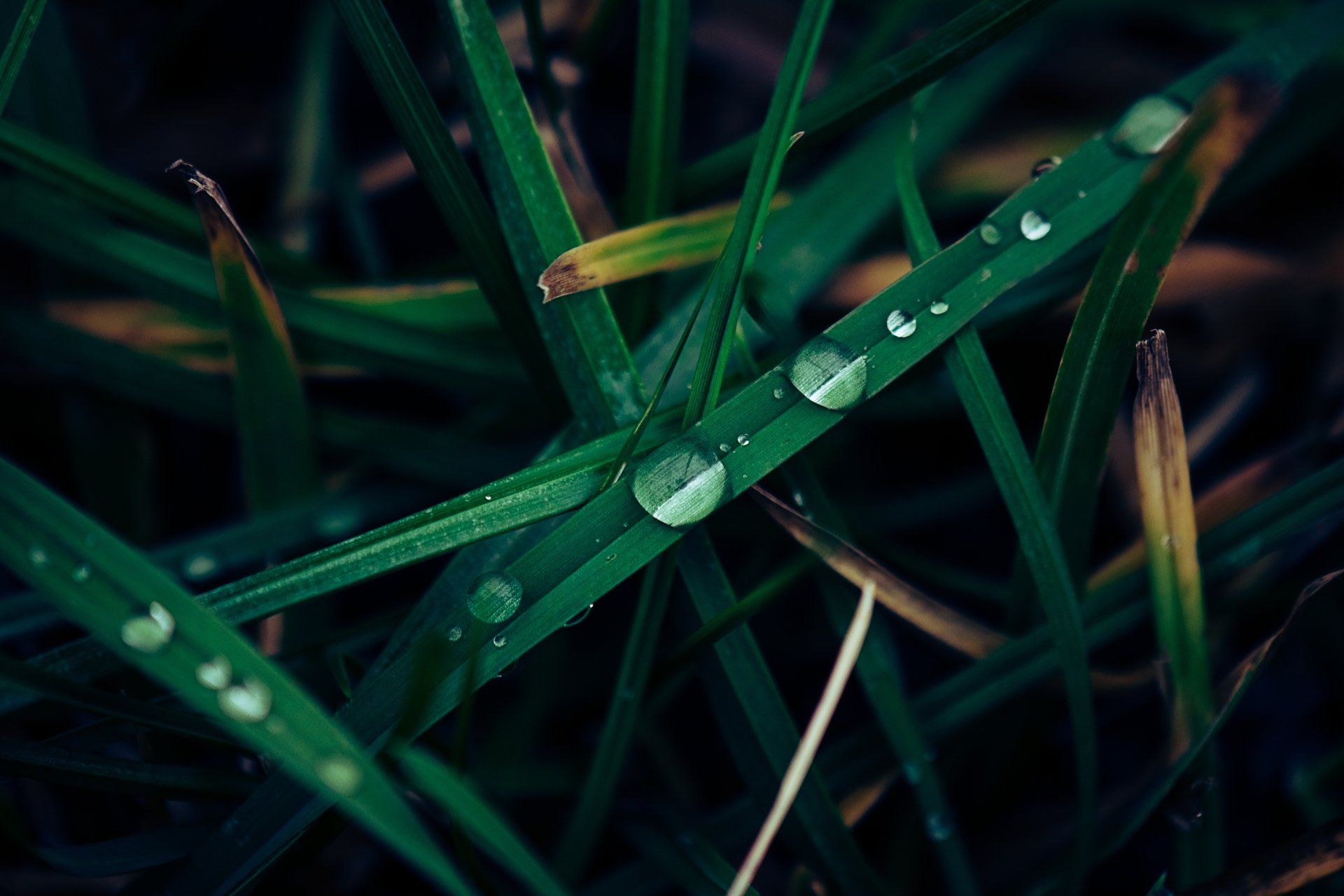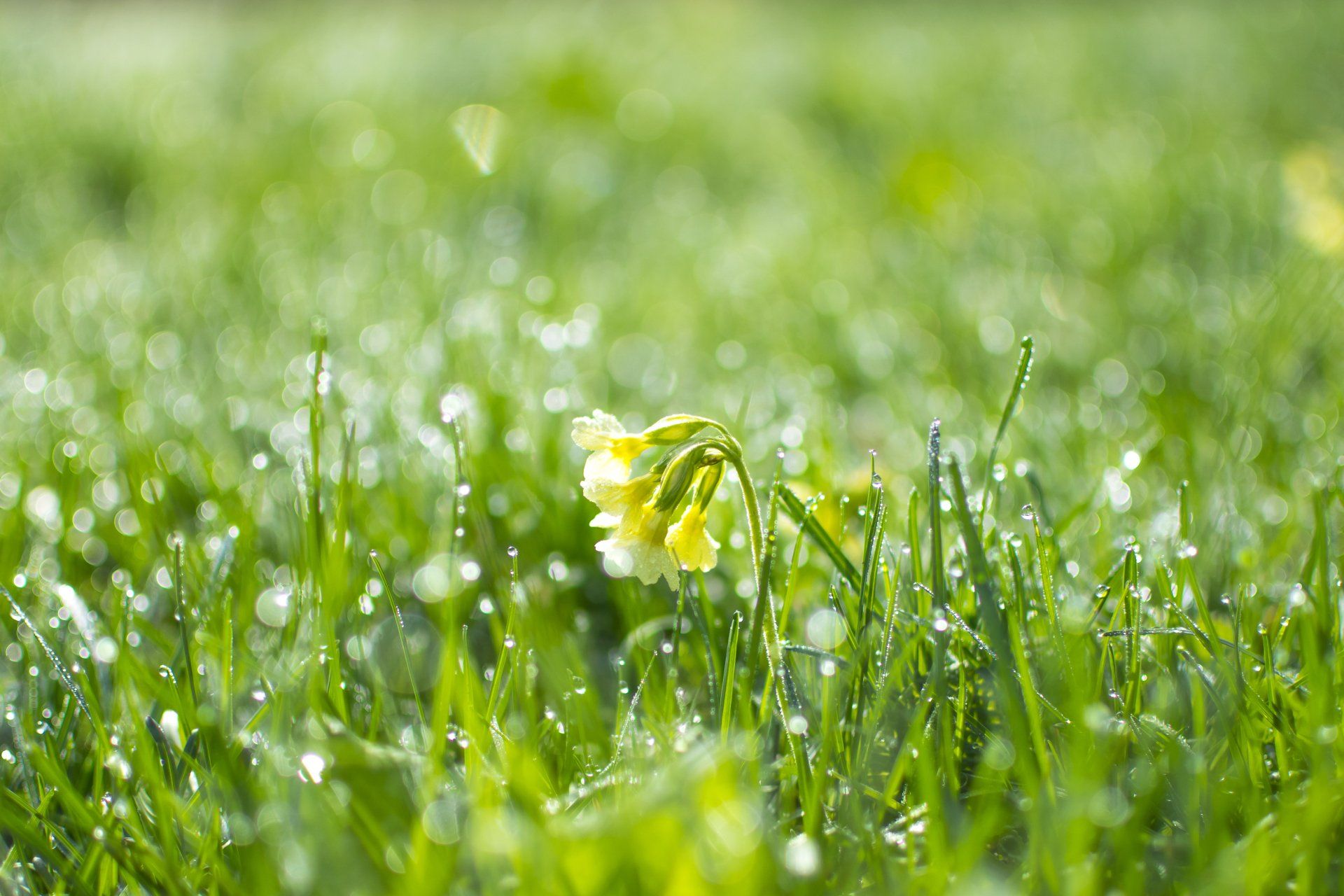Different Types of Lawn Grasses
Different Types of Lawn Grasses
The secret to an enviable green lawn lies in selecting the best lawn grass type that is appropriate for your environment and style of living. We're a team of highly knowledgeable and experienced landscaping experts who can assist you in deciding which kind of grass is right for your needs and provide services that will maintain your landscaping and lawn in top shape throughout the year. Find out more about the various kinds of grass lawns that best meet your requirements, regardless of whether you're just starting with a blank slate or willing to make a change to improve your landscaping.
Location, Location, Location
Lawn grass is usually divided into two types which are cool-season and warm-season grasses. Determine if your residence is situated in one of the zones: North, South, or the transition zone. Choose the grass that is appropriate for your specific region.
Warm Season Grasses
The warm season grasses show an active growth pattern during the months of April to October. They are both drought- and heat-resistant. In the winter months and cooler temperatures, the majority of varieties enter a phase of dormancy, during which they change color and then do not turn to a new green until warmer temperatures come back. Popular examples include:
Bahia Grass
- Soil type: Can tolerate poor soil conditions
- Shade tolerance: Some shade
- Foot traffic: Ranging from moderate to high
Bermuda Grass
- The soil type: tolerant of poor conditions
- Shade tolerance: Low
- Foot traffic: Moderate to high
Buffalo Grass
- Soil Type: Well-drained soil required to tolerate
- Shade sensitivity: Low
- Foot Traffic: High
Centipede Grass
- Sort of soil: Prefers soils with low pH
- Tolerance: Low
- Foot Traffic: Low
St. Augustine Grass
- Soil Type: Well-drained soil required
- Shade tolerance: High
- Foot Traffic: Moderate
Zoysia Grass
- Soil type: Well-drained soil required
- Shade tolerance: Low to moderate
- Foot traffic: Very high
Cool Season Grasses
The cool season grasses are the ideal choice for areas with extreme seasonal changes in which summers are hot and dry while winter temperatures are below freezing. They flourish most strongly in the spring and autumn when temperatures vary between 60 and 75 degrees. They can be dormant in times of extreme temperatures. The most well-known varieties are:
Annual Ryegrass (requires annual planting)
- Soil type: A well-maintained soil is essential
- Shade tolerance: Moderate
- Foot traffic: Ranging from moderate to high
Perennial Ryegrass
- Soil type: A well-maintained soil is essential
- Shade tolerance: Moderate
- Foot traffic: ranging from moderate to high
Bentgrass
- Maintenance of the soil is required
- Shade tolerance: Moderate
- Foot traffic: High
Fine Fescue
- Soil type: Tolerates soil conditions that are poor
- Shade tolerance: High
- Foot traffic: Moderate to low
Kentucky Bluegrass
- Soil type: Well-drained soil
- Shade tolerance: Moderate
- Foot traffic: High
Tall Fescue
- Solid Type: Tolerates soil conditions that are poor
- Shade Tolerance: Medium
- Foot Traffic: Medium to high
The Transition Zone
This overlap zone between the two main zones calls for grass that is able to withstand various climates and withstand cold temperatures. Lawns can be seeded using a combination of cool and warm grasses to promote optimal growth throughout the year, but the results can differ greatly depending on the specific location, altitude, as well as quality of lawn care.
Ready to work with Landscaping LeafExperts Vancouver?
Let's connect! We’re here to help.
Send us a message and we’ll be in touch.
Or give us a call today at 604-409-5034
More Tips!
